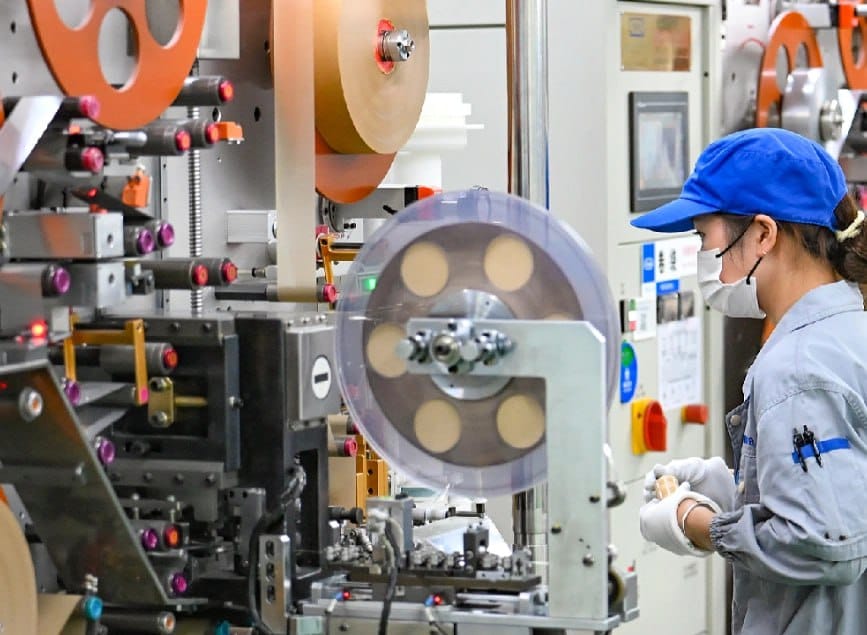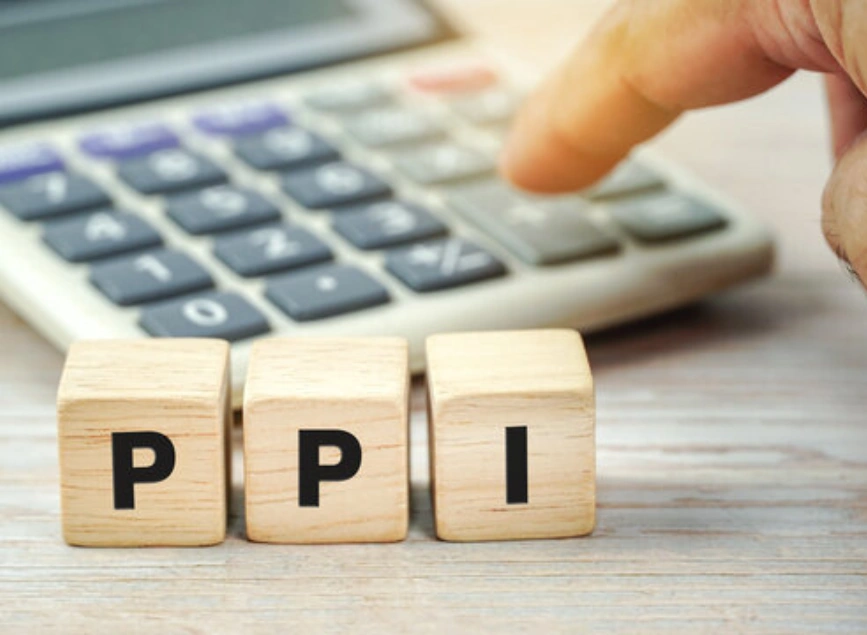
China NBS Manufacturing PMI
China’s manufacturing sector is showing fresh signs of recovery as the official Manufacturing PMI, released by the National Bureau of Statistics (NBS), rose to 50.1 in October 2024. This improvement is not only a positive jump from September’s 49.8 but also surpasses market expectations slightly. It marks the first expansion in factory activity since April, a clear signal that recent economic stimulus measures are making an impact. This promising shift is sparking hope for a sustained rebound in China’s manufacturing sector, particularly as the government continues to push for policies to support production and maintain momentum.

Output Growth Reaches Six-Month High
A notable aspect of October’s improvement lies in the growth of output, which reached a six-month high at 52.0, up from September’s 51.2. October marks the second month in a row of output expansion, suggesting that the positive trend in production is gaining momentum. This rise in output signals that factories are ramping up their operations in response to government initiatives aimed at revitalizing industrial activity. Many companies are now experiencing the benefits of these policy measures, which have helped offset some of the challenges posed by weaker global demand. The positive trajectory in output growth is therefore not only a sign of current stability but also a potential catalyst for continued improvement across the sector.
New Orders Stabilize Amid Mixed Demand Dynamics
In a further positive sign, new orders in October held steady at 50.0, marking an end to five consecutive months of declines. This stabilization points to a possible rebound in domestic demand, even though foreign sales continued to weaken, as shown by a dip in the foreign sales index to 47.3. The drop in foreign demand reflects challenges in the global economy that have impacted China’s export-heavy industries. However, the stabilization of new orders hints that demand within China may be on the rise, offering manufacturers a silver lining in the face of international trade headwinds. If domestic demand continues to gain strength, it could play a crucial role in offsetting the impact of weaker foreign markets.
Input Costs and Business Sentiment on the Rise
The October PMI also showed an increase in input costs, which rose for the first time in four months to 53.4—the fastest rise since May. This uptick in input prices reflects increased costs for raw materials, as demand pressures from the recent policy measures lead to greater demand for manufacturing inputs. Output prices, meanwhile, saw the smallest decrease in five months at 49.9, indicating that companies are passing on fewer costs to consumers, a potential sign of stronger market conditions. Additionally, business sentiment reached a four-month high, climbing to 54.0, as manufacturers express growing confidence in the market’s direction.
Outlook: Steady Support Paves Way for Continued Recovery
The signs of recovery in October suggest that China’s manufacturing sector could be on a path to sustained growth as 2024 comes to a close. With a combination of government policies, stabilizing domestic demand, and improving business sentiment, China’s manufacturing industry is well-positioned to navigate ongoing challenges and enter the new year with renewed strength. The next few months will be critical as manufacturers assess the impacts of both domestic policy measures and global economic conditions, but the indicators from October offer a solid foundation for optimism in the months ahead.
Share
Hot topics

What Is Forex Regulation and Why It Matters
If you’ve been thinking about trading currencies or investing in the forex market, you might have seen words like “regulated,” “license,” or “authority.” They may sound like very boring legal...
Read more




Submit comment
Your email address will not be published. Required fields are marked *